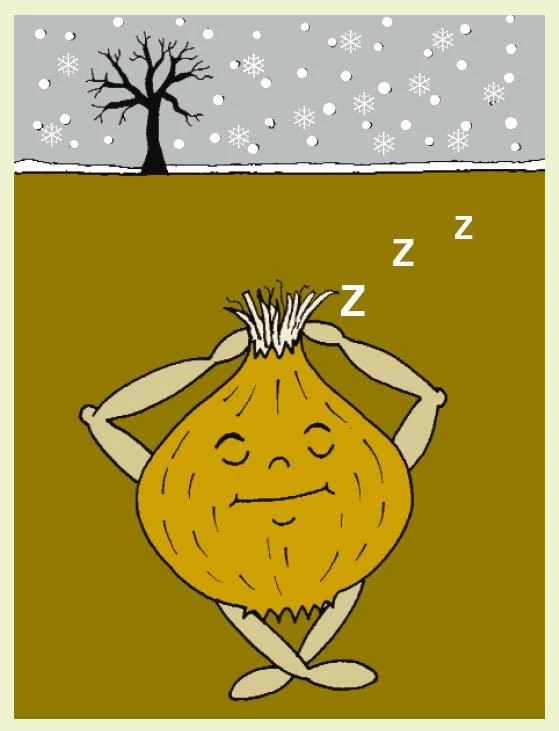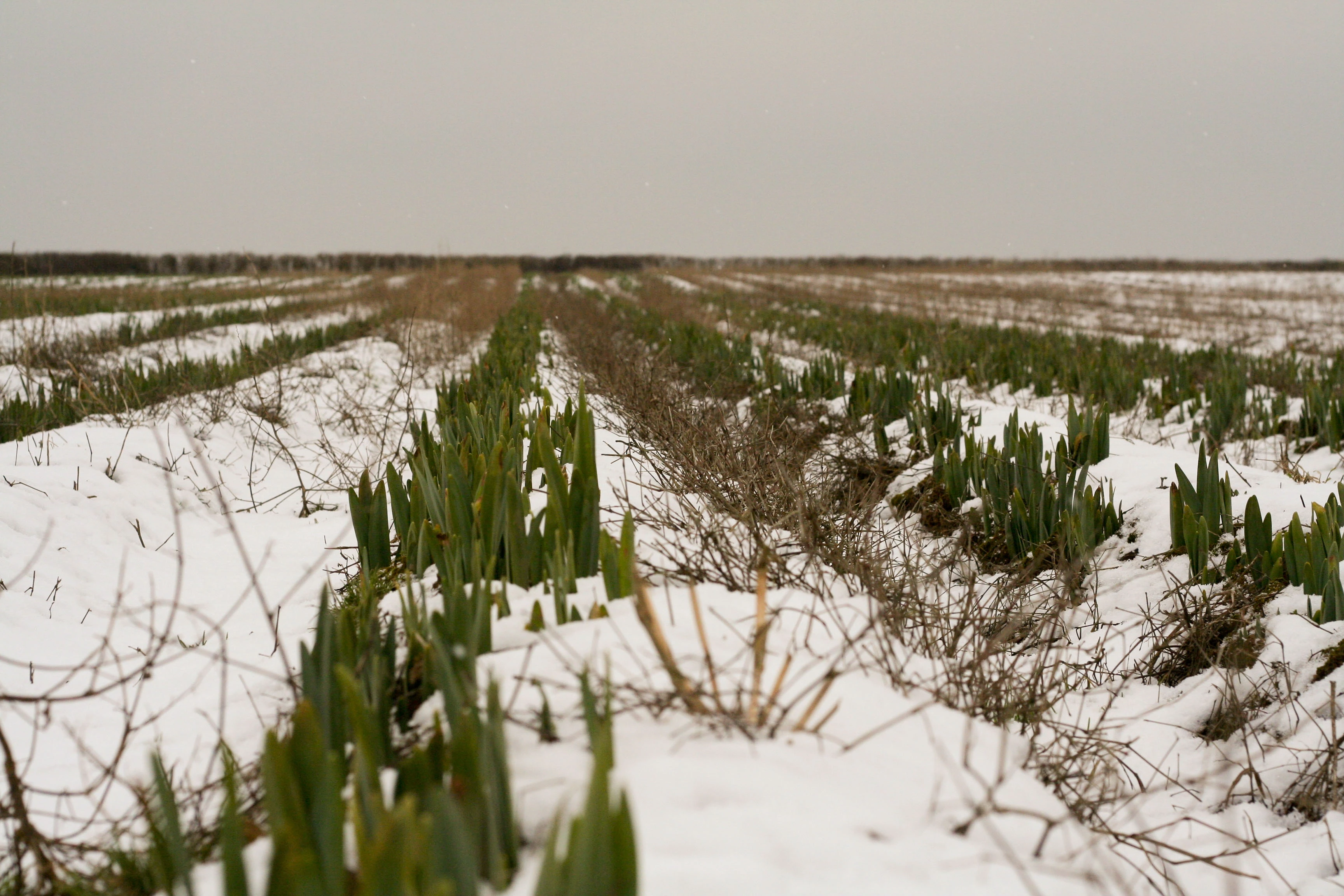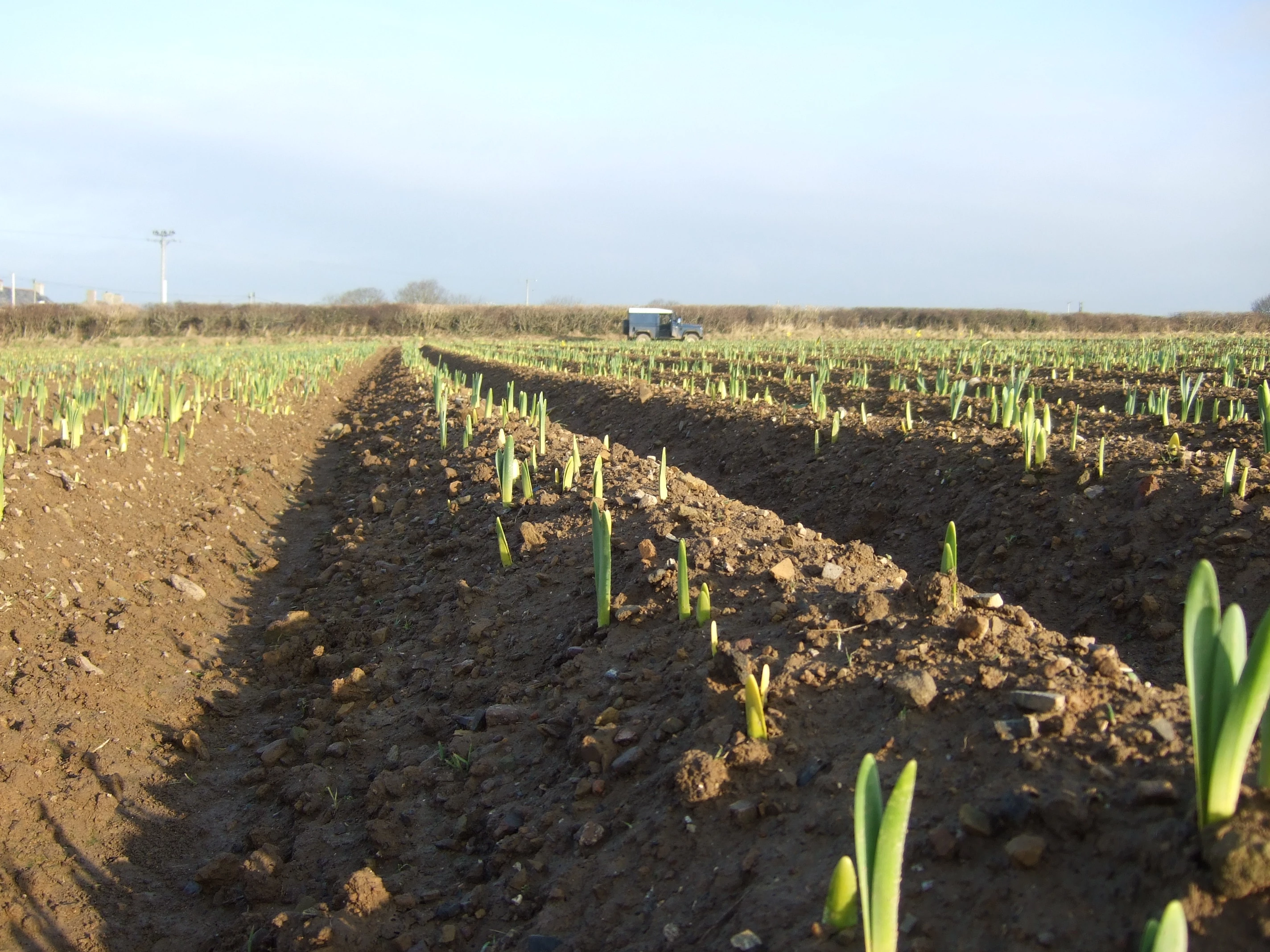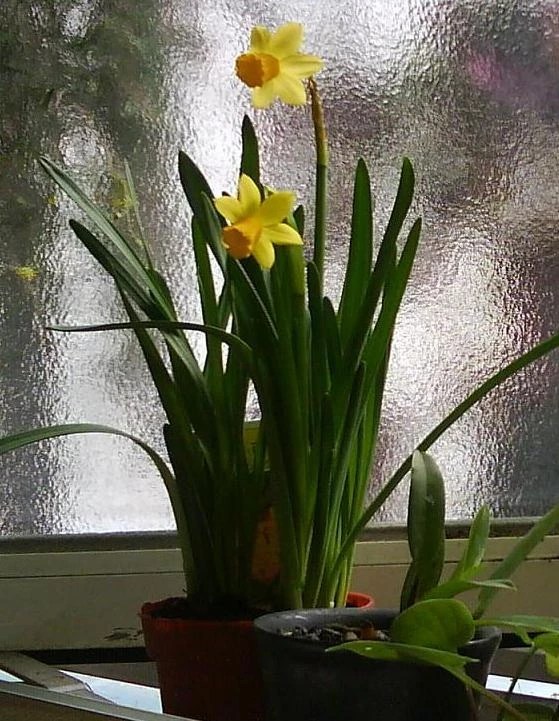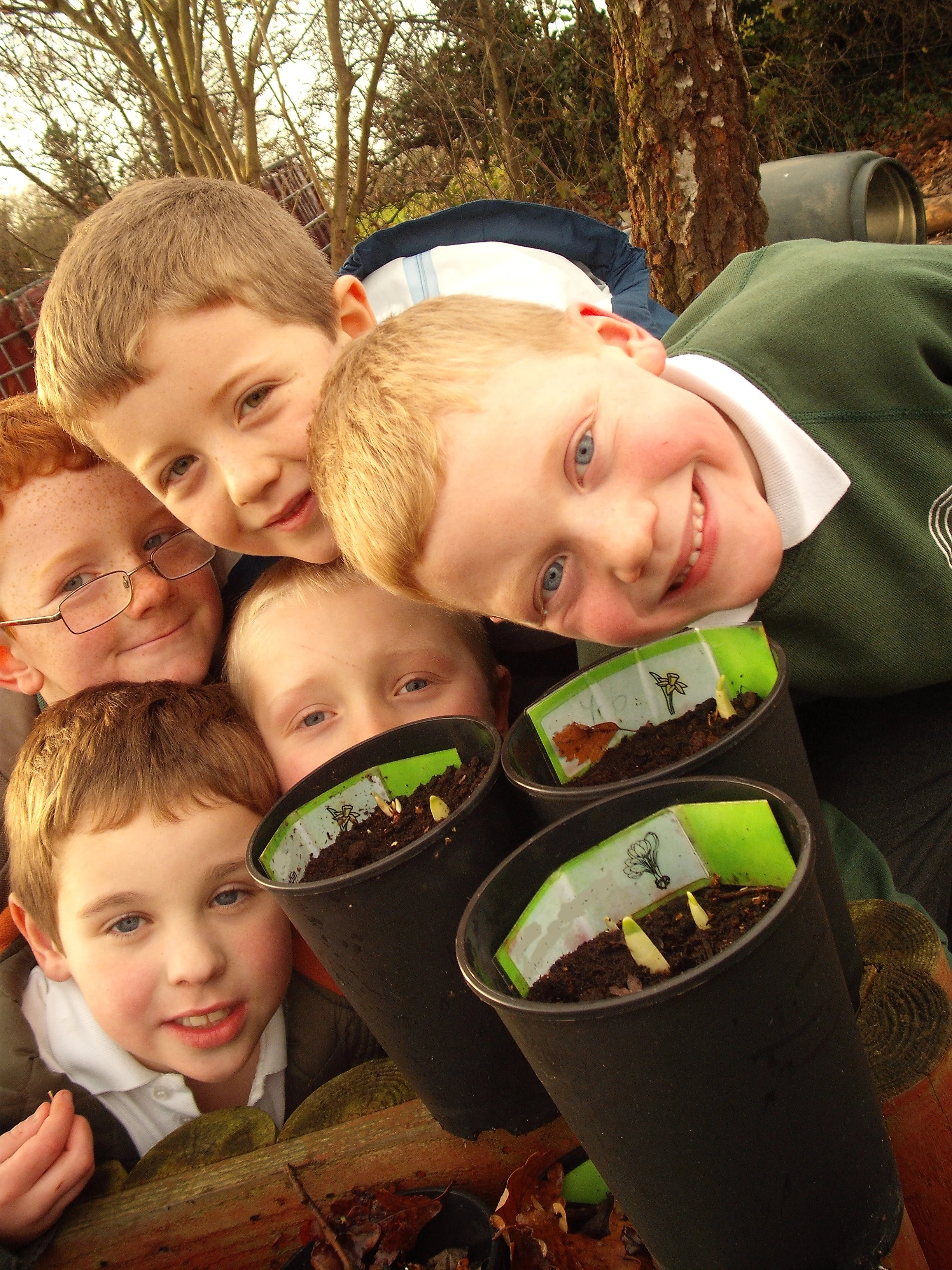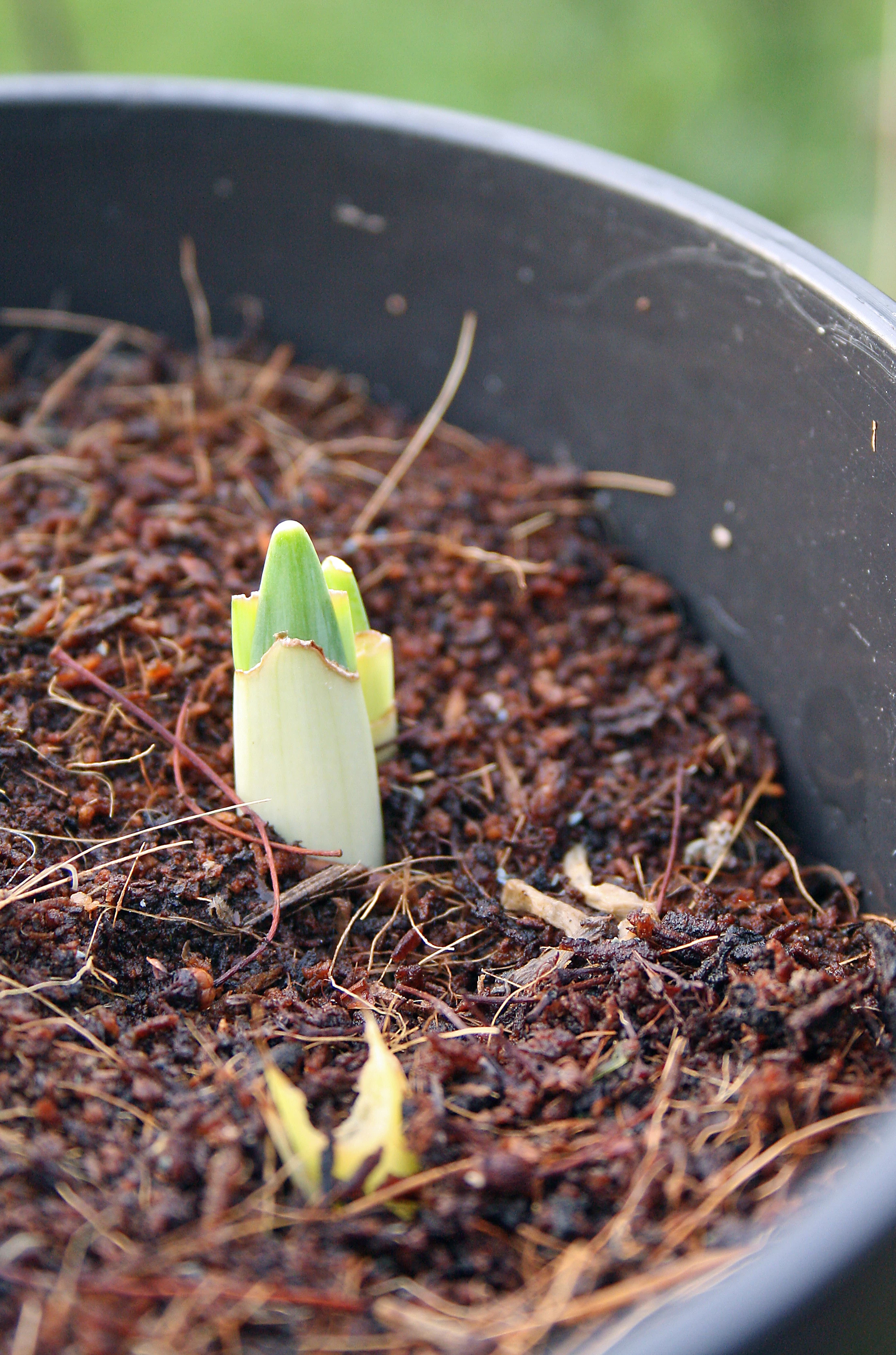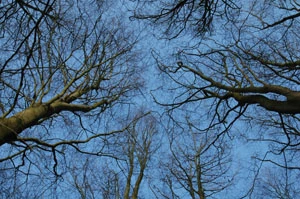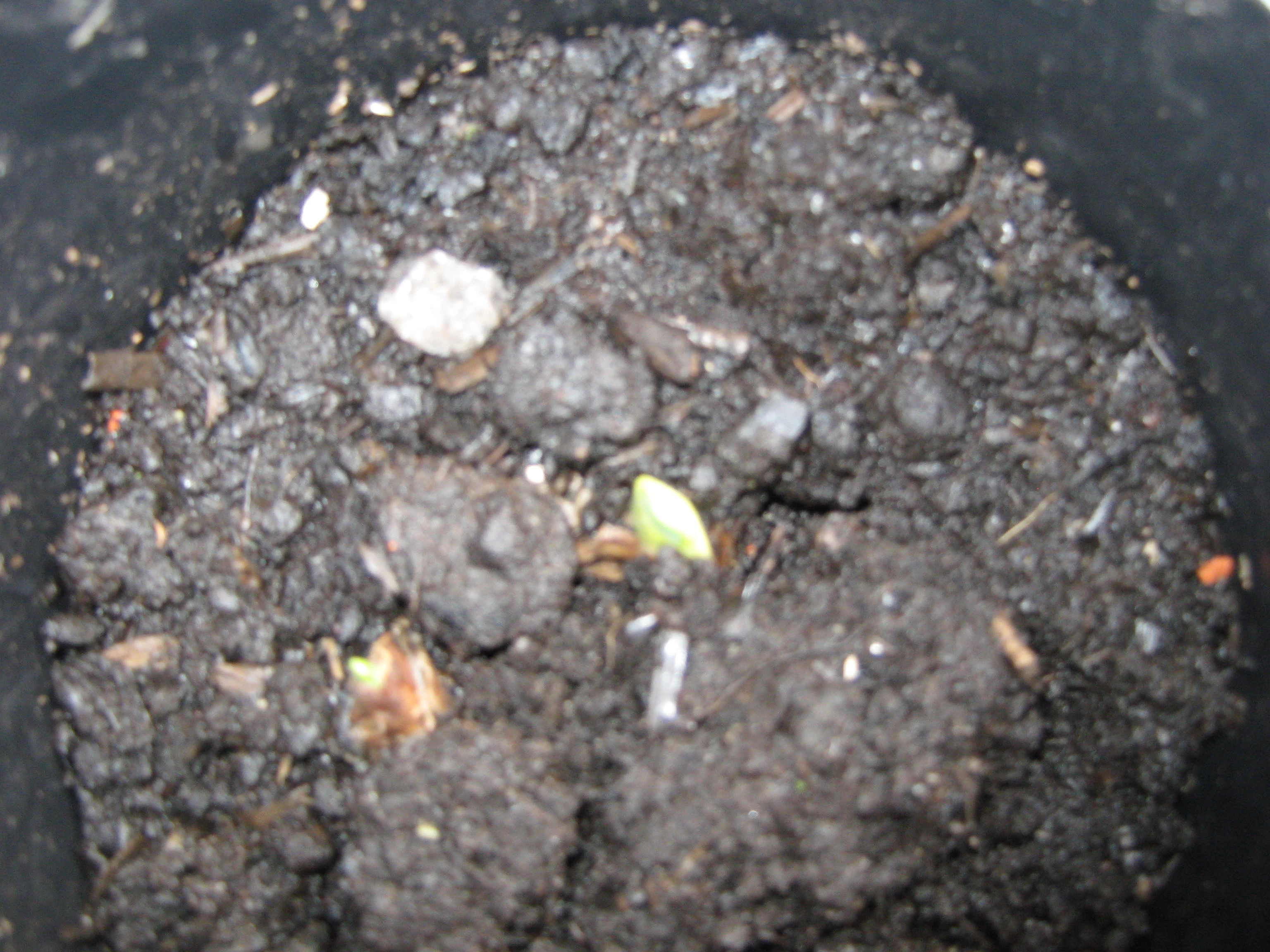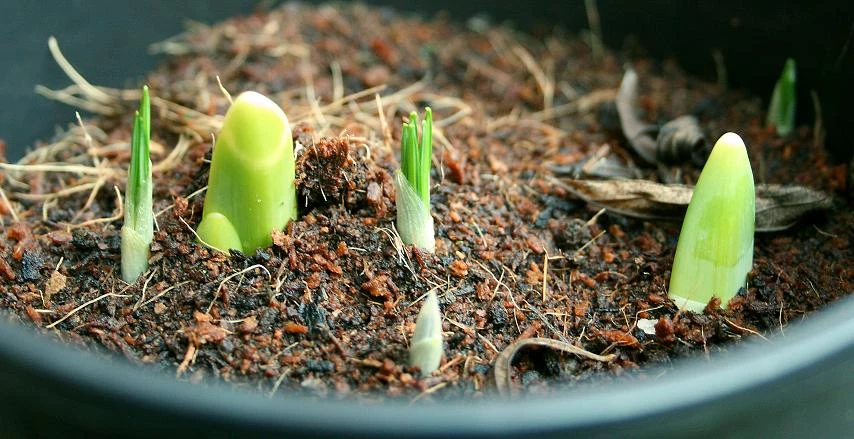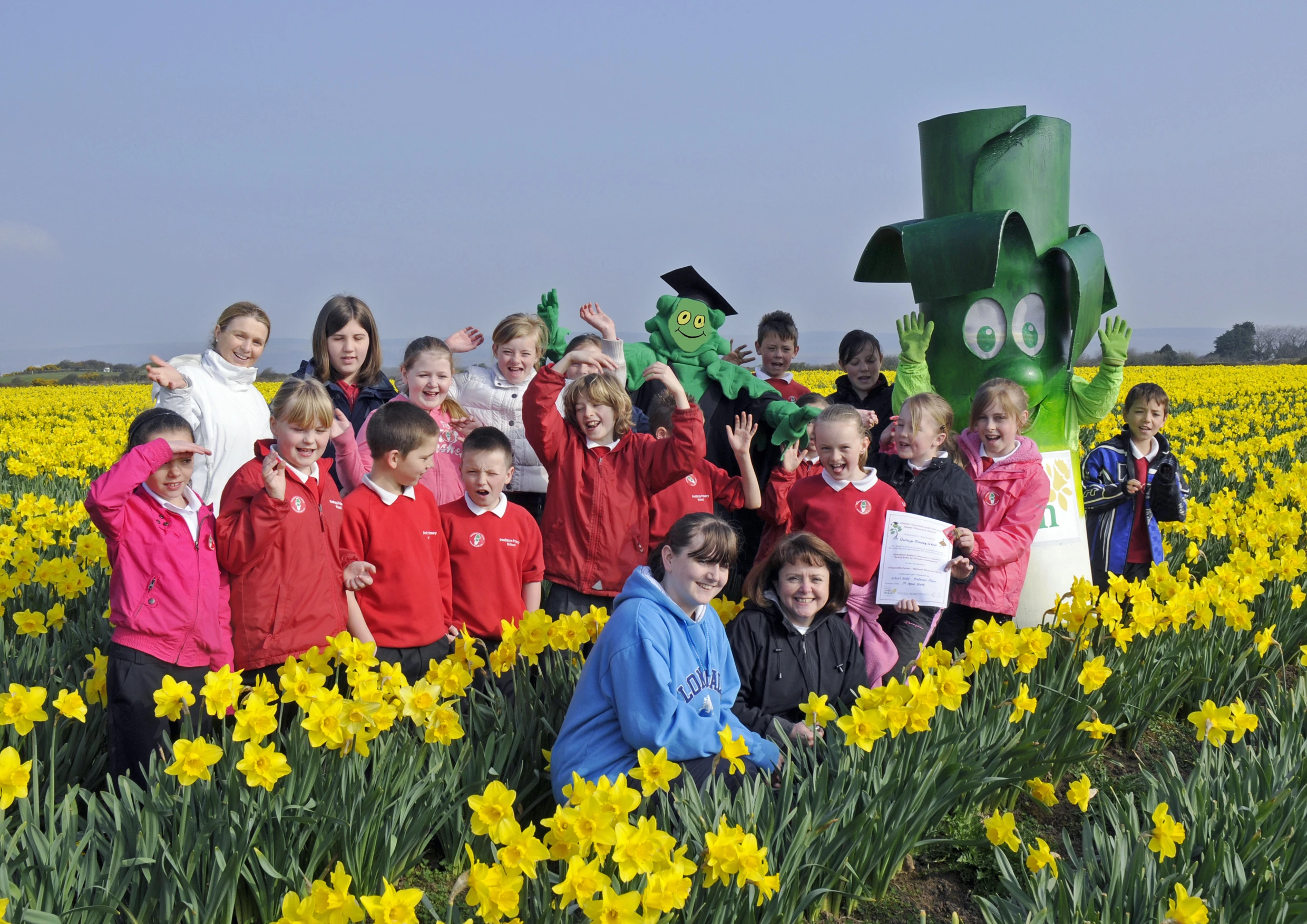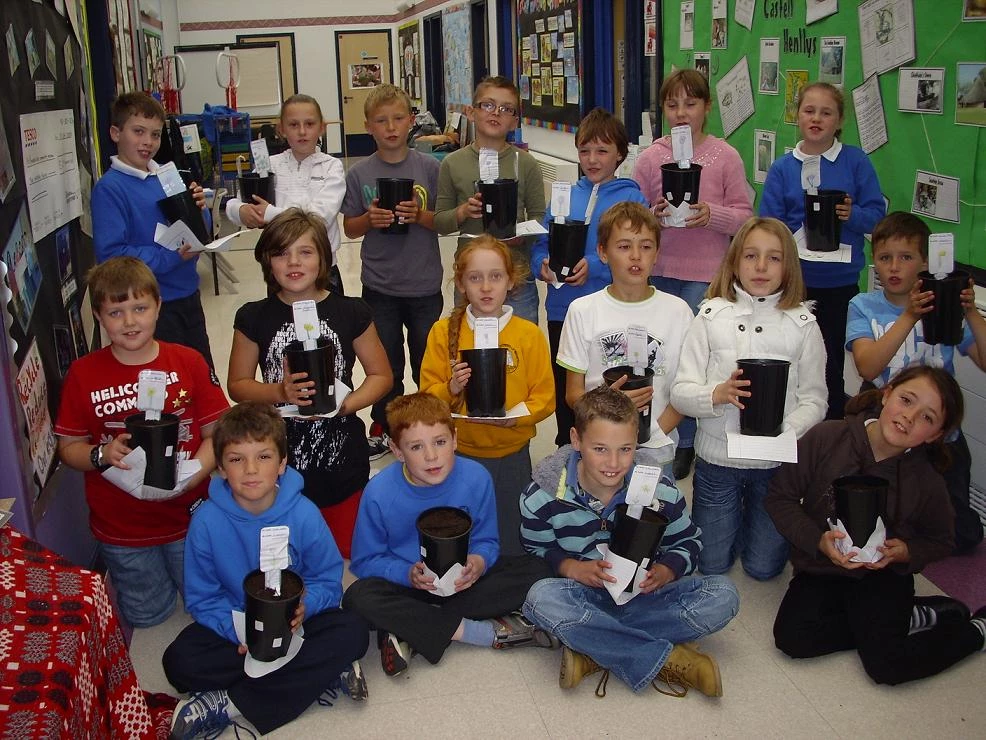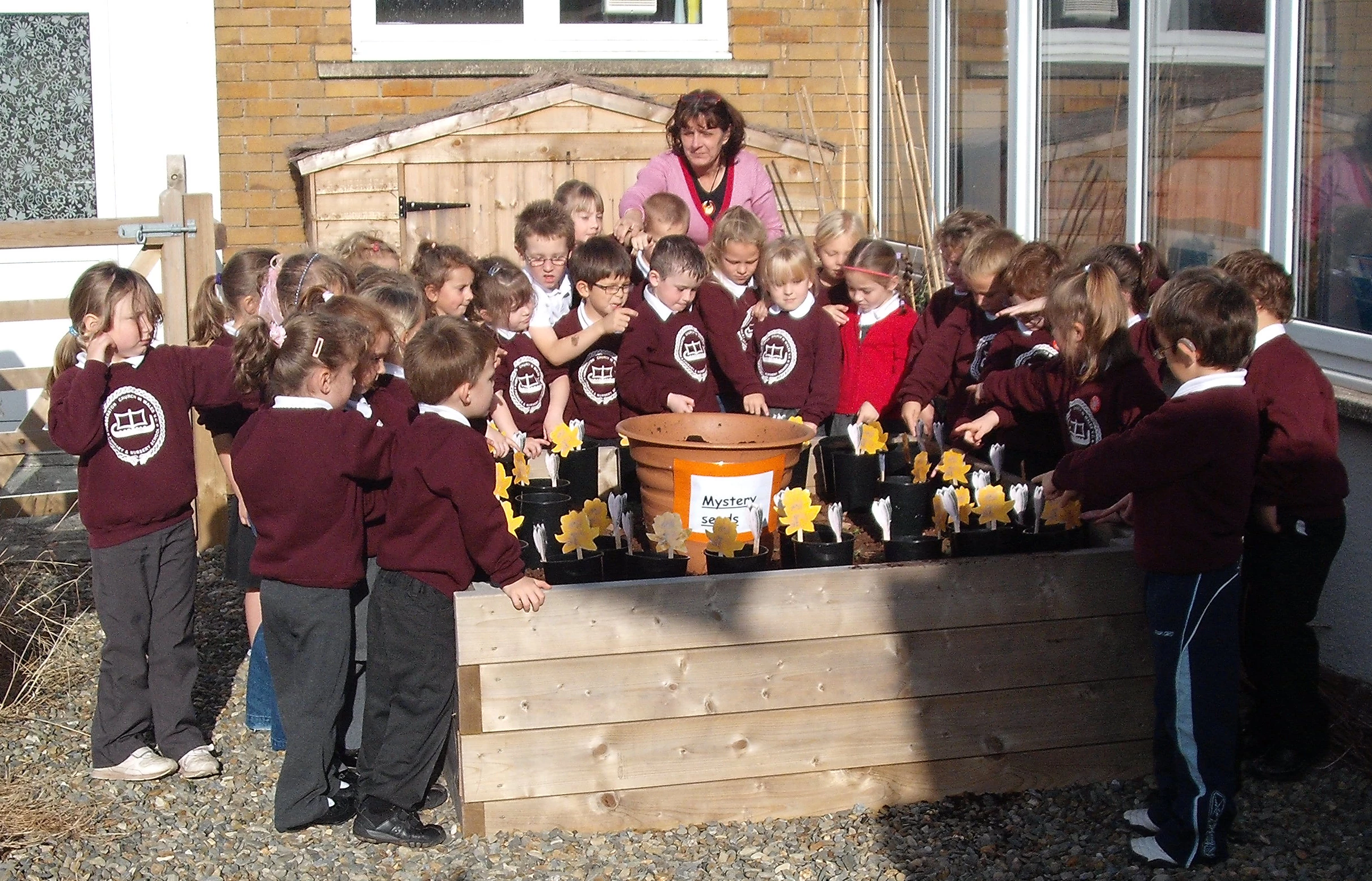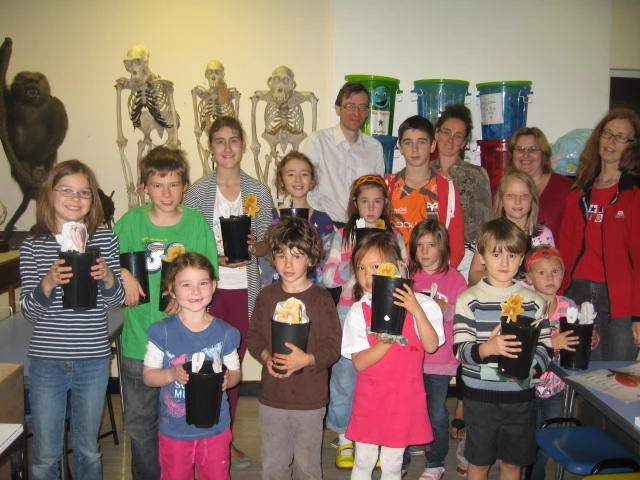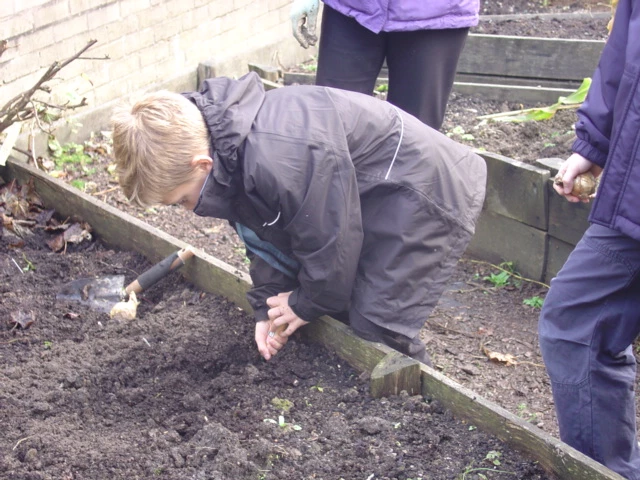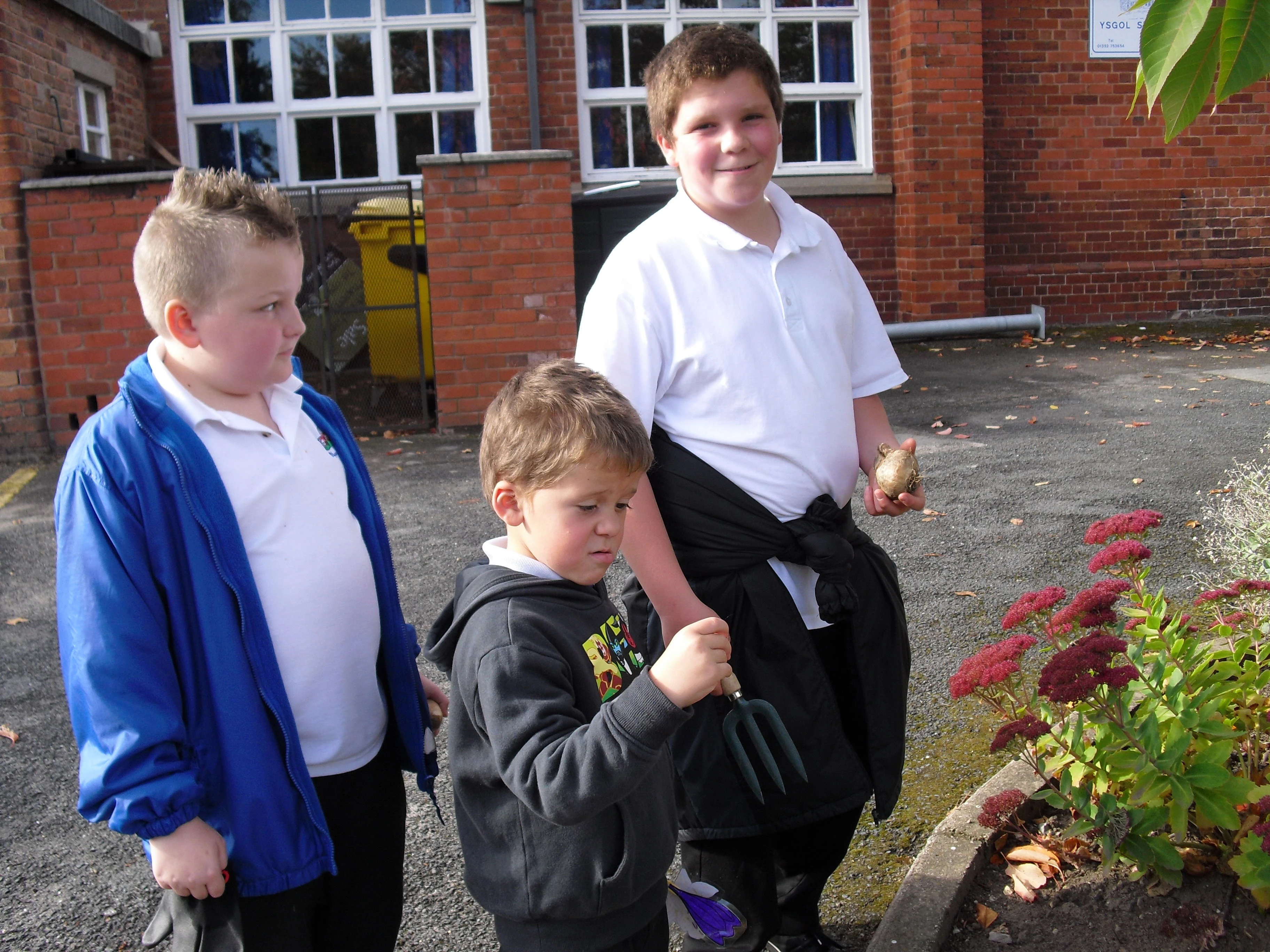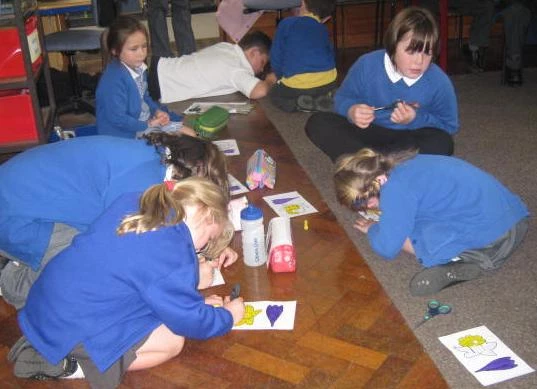The big chill
, 18 January 2010
How the weather has changed since my last blog. Just before Christmas, we were reporting on the warm wet weather and how the bulbs had started to grow early as a result.
Since then, temperatures have dropped and snow has fallen all over the country! Most schools have been closed and our young scientists have had the chance to play in the snow. For schools that have been open, it’s been difficult to record, with many reports of ‘frozen thermometers’ or bulbs deep below the snow.
So what does all this cold weather mean for our bulbs, farmers and global warming?
For the bulbs: If your bulb started to grow before Christmas, it will probably still be the same height today. In other words, it will have stopped growing – until it gets warmer again. Some plants may be damaged by the frost and as a result may not flower – but most should be ok.
Farmers from the Really Welsh farm reported: ‘We should have started picking the earliest variety of Daffodils already and they are normally out in the supermarkets by now. If you look at the picture taken on the farm – you will see that they are nowhere near ready for picking.
The daffodils that were a week or two ahead at the end of November have not grown at all since before Christmas. This is because Daffodils need temperatures of above 6 degrees in order to grow. If this weather continues we will not have any daffodils for a few weeks.’
Is global warming still happening? You could be forgiven for questioning if our planet is warming when it’s so cold outside, but sadly the overall temperature of our planet is still set to rise as carbon dioxide levels continue to increase. Global warming is about the overall temperature of the planet rising. There will always be some colder winters and hotter summers – that’s a natural variation. But when we look at the average temperature of the planet over the last century it is definitely rising and scientists are in no doubt it will continue to rise.
For Wales, global warming doesn’t mean more sunshine, but warmer and wetter summers and more erratic weather like flash floods and gales.
Daffodils from Taiwan. Here is a picture sent to us from Chao-mei an environmental teacher based in Taiwan. She says: Hello, Professor Plant, Do you know the daffodils have bloomed in Taiwan? It reminds me of the beautiful UK spring. I have shown children in Taiwan how to keep a nature diary by looking at your blog. It’s very helpful. I teach children at the Cheng-long Wetland Education Centre and this is our blog page, it’s only in Chinese sorry.
Feed the birds. Visit our woodland blog to see pictures of St.Fagans wildlife in the snow. Plus find out how to help your garden birds to survive this winter or take part in the Big Schools' Birdwatch.
Many Thanks
Professor Plant
